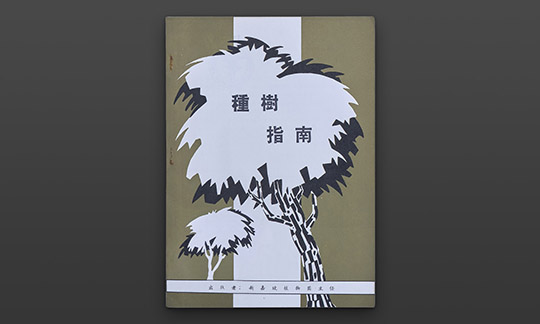What We Are Looking For
We are looking for objects and stories on Singapore’s transformation into a Garden City. This effort went beyond introducing flowers and trees along our roadsides and involved all of us caring for our living environment.
Cleaning and Greening
As part of efforts to promote the anti-pollution message and Garden City vision, our leaders participated in various campaigns promoting cleanliness and Tree Planting Days. Were you part of any events where our founding leaders were involved? We are on the lookout for objects from these events that our founding leaders used like broomsticks and cangkuls pictured here.
Related Milestones and Artefact Examples:
- Tree Planting Days and other greening efforts
- Campaigns to save water
- Keep Singapore Clean and other anti-pollution campaigns

Mr Chua Sian Chin (then Minister for Health) promoting the anti-pollution message in his Macpherson Constituency in 1968.
Courtesy of The Straits Times © SPH Media Limited. Permission required for reproduction.

Dr Toh Chin Chye (then Minister for Science and Technology) at Tree Planting Day in 1974.
Ministry of Information and the Arts Collection. Courtesy of National Archives of Singapore.




The Guide to Tree Planting seen here in English, Chinese, Malay and Tamil was issued by the Singapore Botanic Gardens to encourage the community's support and participation in 1963 as part of early efforts to promote the greening of Singapore.
Courtesy of Singapore Botanic Gardens.

Poster from an anti-spitting campaign in the 1950s
Gift of the MOE Heritage Centre. Collection of the National Museum of Singapore, National Heritage Board.

Members of the public clearing a drain as part of the Gotong Royong Project in 1971. Source:
Courtesy of The Straits Times © SPH Media Limited. Permission required for reproduction.
As part of the anti-pollution campaign, posters, leaflets, postal items and cinema tickets were printed with the slogan “Keep Singapore Clean”. Campaign materials like the Guide to Tree Planting were also produced to promote the community’s appreciation of and participation in the greening of Singapore. People also participated in community efforts like the Gotong Royong Project to improve their living environments.
Can you find objects in your home produced as part of these campaigns or from when you participated in them from the 1950s to 1970s?
Water
Related Milestone and Artefact Examples:
- Water rationing exercises in 1961 and 1963
- First public education campaign Water is Precious in 1972
Do you have any posters, PUB bills or keepsakes from this campaign and/or stories from Singapore's water-rationing efforts and water-saving campaigns from the 1950s to 1970s?

The campaign slogan “Water is Precious. Don’t Waste It” was printed on PUB bills as part of the first public education campaign to save water in 1972, encouraging households to place a voluntary quota on water consumption and promoting water-saving ideas.
Glass slides with the campaign slogan “Don’t Waste Water", used during movie screenings.
Gift of Ms. Judy Wee. Collection of the National Museum of Singapore, National Heritage Board.
Home Ownership
What We Are Looking For
We are looking for objects and stories that tell of Singapore's urban transformation in the 1960s and 1970s on housing.
Related Milestones and Artefact Examples:
- Introduction of the Home Ownership Scheme in 1964 and changes to the Central Provident Fund Act to facilitate greater home ownership and moving into HDB flats
- Process of resettlement to make way for housing and industrial development projects in areas like Jurong, Toa Payoh, Bedok and Tanjong Rhu
Do you have any documents notifying you and your family of needing to move into a new home? Or objects like payment slips and ballot cards from HDB, photographs, or your first set of keys that remind you of when you moved to your first HDB flat, getting used to life there and getting to know your neighbours?

A 1977 invitation-to-ballot card for flats in Bedok New Town.
Gift of Mr Wiliam Oh. Collection of the National Museum of Singapore, National Heritage Board.

A crowd gathering to ballot for flats at the Macpherson Estate in 1965.
Ministry of Information and the Arts Collection. Courtesy of National Archives of Singapore.
Home ownership was considered a cornerstone to stability and building multiculturalism in Singapore. The transition to living in HDB flats also illustrated the adaptability of Singaporeans. This was a challenging period for some, especially those who had grown up living in kampungs and had to resettle to make way for development projects.
Do you have artefacts or stories like these?



